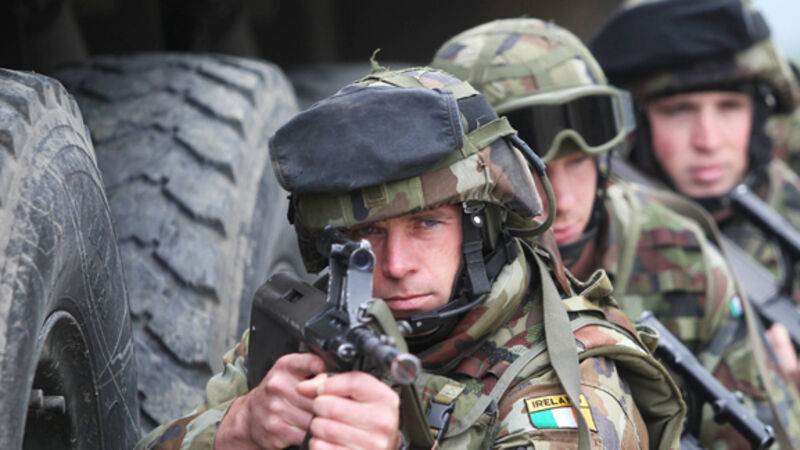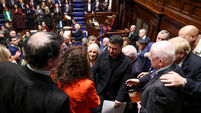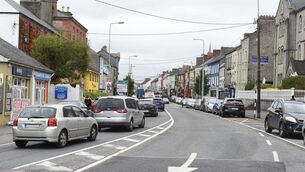‘Merchants of Death’ still hold sway

Fifty years ago, 7 June 1968, I walked down the main street of a small central California valley town called Merced — population 60,000 — with several former senator Robert F Kennedy supporters, collecting signatures to put controls on the manufacture, distribution and ownership of guns throughout the USA.
It was a relatively new effort on our part since the issue of gun control was not a major issue across the US in 1968. This effort on our part resulted from the assassination of Senator Robert F. Kennedy in LA on the 5th of June, 1968 by a lone gun man with a revolver.











